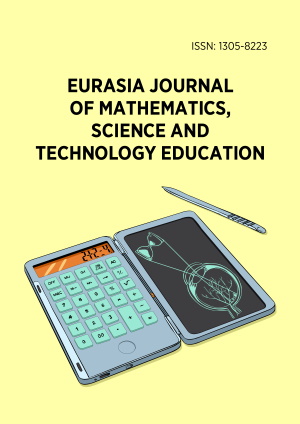Abstract
The study explores the beliefs and practices of mathematics teachers regarding the use of the 5E instructional model of constructivism in teaching mathematics. In addition, the study also examines the impact of variables such as gender, educational attainment, school type, age group, and experience level on the implementation of the 5E instructional model. Data collected from a sample of 94 mathematics with responses analyzed using descriptive statistics and nonparametric tests the study shows that the 5E instructional model of constructivism improves the teaching and learning processes in mathematics. The study also found that the educational attainment of teachers, age group, gender, and experience level of mathematics teachers was found to influence the utilization of the 5E instructional model in teaching and learning mathematics. However, different school types of teachers (private vs. government) did not influence the use of the 5E instructional model.
License
This is an open access article distributed under the Creative Commons Attribution License which permits unrestricted use, distribution, and reproduction in any medium, provided the original work is properly cited.
Article Type: Research Article
EURASIA J Math Sci Tech Ed, Volume 21, Issue 9, September 2025, Article No: em2704
https://doi.org/10.29333/ejmste/16884
Publication date: 05 Sep 2025
Article Views: 4113
Article Downloads: 2696
Open Access References How to cite this article
 Full Text (PDF)
Full Text (PDF)